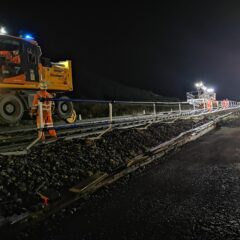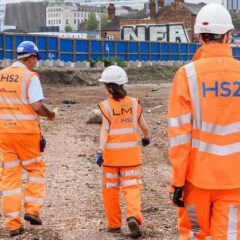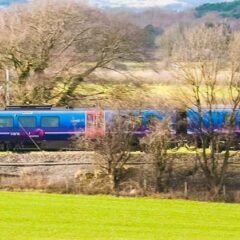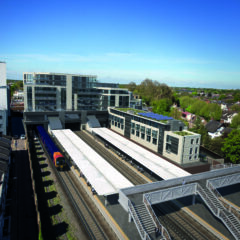Since 1990, we’ve been continuously developing our unique, highly flexible, computer aided drawing and data management system, AUTORAIL TM. With over 10,000 miles of rail track mapped, the System is used throughout the railway industry.
We also embrace new technologies such as BIM and digital railways on our projects. New technologies impact how and where people live and work, and directly affect community needs. For Waterman, the key to success in this new environment is to harness imagination, link this to evolving digital tools and empower our teams to ensure rail infrastructure is future ready.










